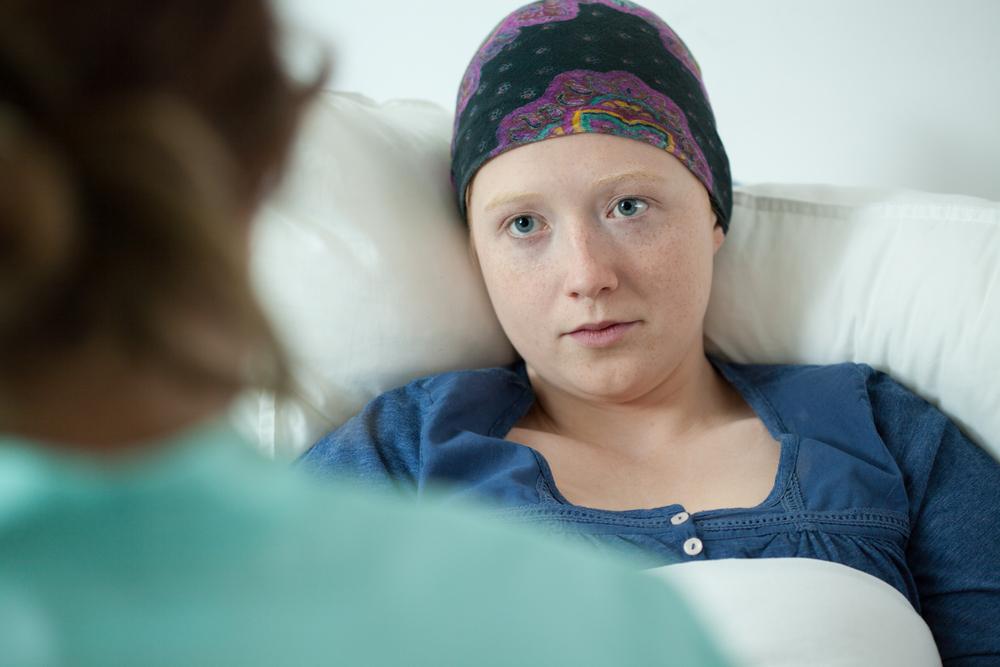
Side-Effects of the Treatments for Different Types of Leukemia
There are different types of leukemia, and the methods for treating these cancers are also diverse. Treatments depend on a number of factors like the age of the patient, their overall health, the type of leukemia, and whether the disease has spread. Specific characteristics of leukemia cells and genetic changes are studied in laboratories, and these are used for determining the right course of treatment.
If the patient is diagnosed with chronic leukemia, where symptoms are not visible, waiting is the only option available. It can help the patient postpone or avoid side-effects of treatments. However, there is also an underlying risk that leukemia may reach a position where it cannot be controlled.
Treatments for different types of leukemia and their side-effects include the following:
1. Chemotherapy
In this type of treatment, drugs are administered to destroy cancer cells rapidly. Chemotherapy may be given as pills or it can be administered intravenously. Sometimes a catheter is used, which delivers it into the blood directly. Intrathecal chemotherapy is used for delivering chemo directly to the cerebrospinal fluid, and this is needed for preventing the spread of leukemia to the spinal cord and brain. Side-effects of this treatment will depend on the kind of drugs given and the dosage. The most common ones are nausea, hair loss, mouth sores, vomiting, appetite loss, easy bruising, fatigue, and higher chances of infections.
2. Biological therapy
This treatment uses living organisms, or substances from such organisms, to treat cancer. It allows your immune system to detect abnormal cells to kill them. Biological therapy for types of leukemia will include tumor vaccines, antibodies, cytokines, etc. For example, an antibody for treating leukemia, alemtuzumab, is meant to target the CD52 antigen, which is the protein in B-cell leukemia. Side-effects here include swelling at the site of injection, possible rashes, muscle aches, headaches, but these are far less severe compared to chemo.
3. Targeted therapy
This treatment comes in the form of drugs that targets one property of any cancerous cells. It will not try and kill all the cells indiscriminately. So, this means less damage to surrounding normal cells. These therapies are also called precision medicine or molecularly targeted drugs. Such treatments for types of leukemia are given by injections or pills. Side-effects commonly include bloating, drastic weight gain, diarrhea, nausea, and muscle cramping.
4. Radiation therapy
This will use high-energy radiation to kill cancerous cells. It is most effective for treating leukemia which has traveled to the brain or spleen. Side-effects are there, but these are not long-term. These depend on the body area exposed to radiation. For example, when the target area is the abdomen, you will experience diarrhea, nausea, and vomiting.
5. Stem cell transplant
Here, high chemo or radiation doses are given for destroying cancer cells in the bone marrow. Transplant stem cells make their way into the body through an intravenous infusion. These then move to the bone marrow to start producing new cells. Risks of this method include bleeding and infections.
6. Chimeric antigen receptor (CAR) T-cell treatment
This treatment is relatively new. Here, the patient’s own lymphocytes will be re-engineered in a laboratory for destroying the cancer cells. It is good for people who have experienced a relapse. Side-effects include flu-like symptoms, faster heart rates, heart issues, low blood pressure, nerve damage, tumor lysis syndrome, and suppressed immune functions.




